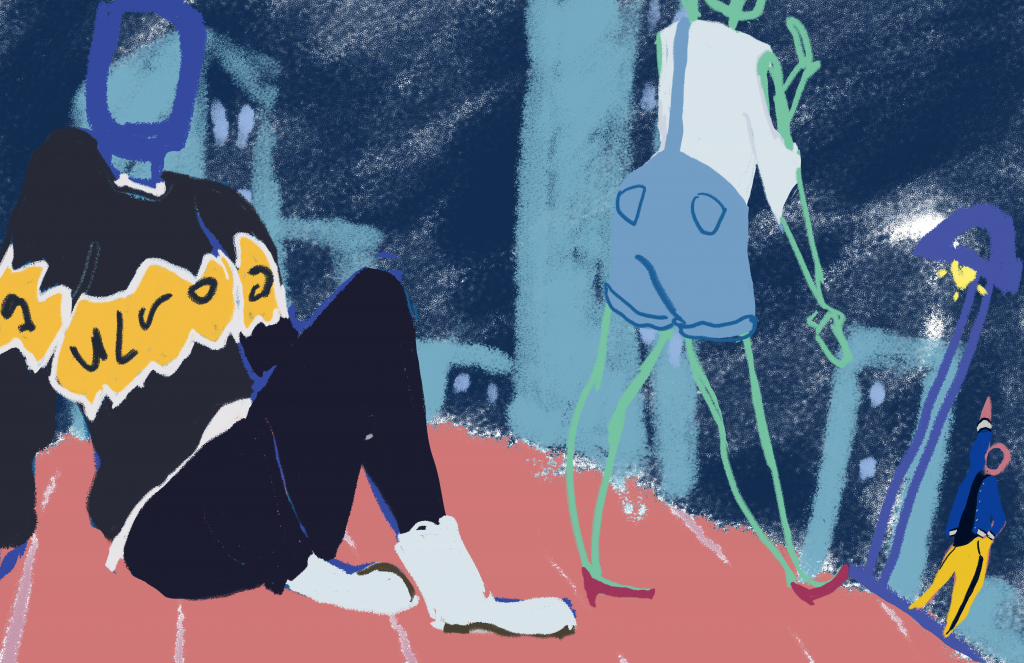by Alexus Graham

What’s the first thought that comes to mind when you hear the words “off white?” Do you think of the hundreds of colors shelved in Home Depot all exact clones of each other, spare one degree, yet all visually not exactly white? Or do you think of the popularized streetwear brand that is at the center of everyone’s attention, but still somehow can be mistaken for a color that resembles the paint chip named “Eggshell?”
Off-White has become one of the most successful streetwear and luxury brands in the past five years. Since its debut in 2012, Off-White has gone from a mere trend among teenagers to a must-have for fashion’s elite. Founder Virgil Abloh caught the attention of Kanye West during his emergence in the fashion realm. For those unfamiliar with Abloh, the designer worked with West on his infamous Yeezy collection, collaborated with Nike on limited edition sneakers and was hired as Louis Vuitton’s artistic director for mens’ wear this past March. Those unaware of Abloh’s work might imagine spectacular shapes, textures, embroidery or something out of the ordinary for there to be such a buzz around this brand. Our burning curiosity is only to be extinguished when we see nothing more than seemingly basic T-shirts, hoodies and pants. The entire industry and everyone else is obsessing over items that could be found on any stranger walking down the street. It doesn’t make sense, but it does.
Streetwear is centered around the clothing and lifestyles of ordinary people. Its name implies what is to be expected — something you would see on the street. In recent years, there has been a profound phenomenon of everyone wanting to look more “normal.” Urban subcultures such as grunge or punk rock serve as inspiration for established designers Tommy Hilfiger and Balenciaga. More and more, designers and houses are looking to the common people for what direction to take their collections rather than designers setting the tone for what will or won’t be in style.
One of the appeals of streetwear is that there are no rules. There is no uniform that one must wear to be deemed fashionable. In today’s world, you can see a construction worker, a Parisian business executive, a biker and a soccer mom all within a few feet of one another. It is almost inevitable that these people make some sort of impression on one another. The streets are where connection and ways of life become intersectional. It is this freedom of expression that allows so many to cling to this ideology.
The acceptance of streetwear in the prestigious fashion industry has given rise to brands such as Public School, Vetements, Kith and MISBHV. Each of these brands centers itself on normalcy and creating pieces that are as bizarre or mundane as the designer lets their imagination be. In a world filled with constant interaction and consumption of information, everything is up for interpretation. Everyone sees and experiences the world in a unique perspective.
Streetwear and the idea of normality is no longer a trend. Normality is something that the fashion industry has always tried to rise above — to no one’s anger. There is beauty in the bizarre, the weird, the extraordinary and now as well as the ordinary. The acceptance of the simpler things has been and will continue to serve as encouragement for the masses to indulge and create. Vetements designer Demna Gvasalia said, “We live in a world that is full of references, and references exist to feed us, but not to feed us in order to copy – they feed us in order to create something new from it. ”

























